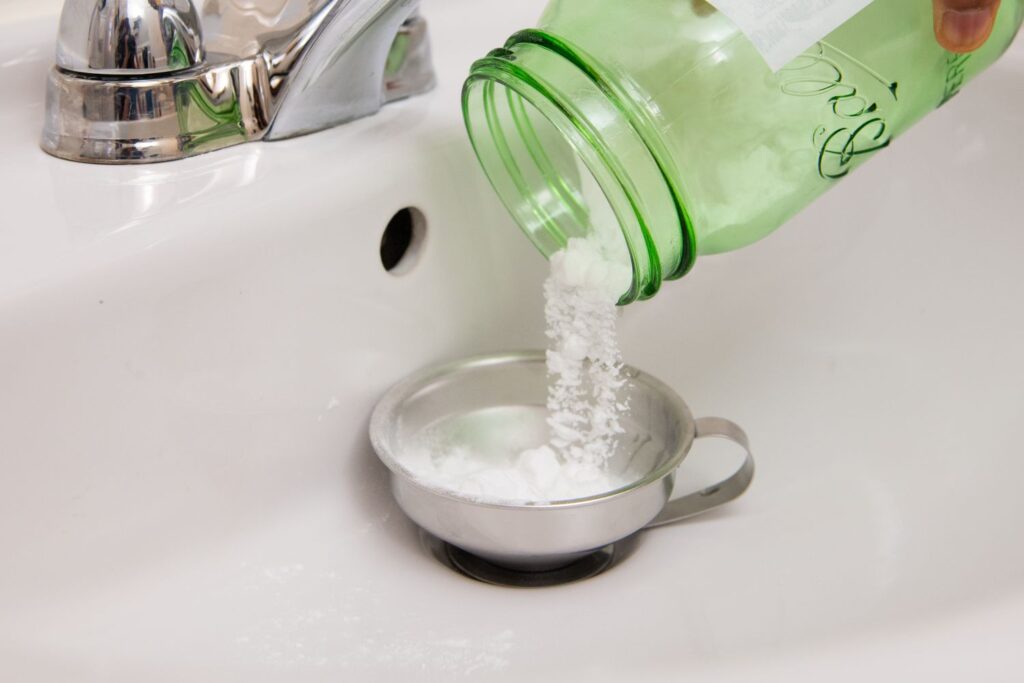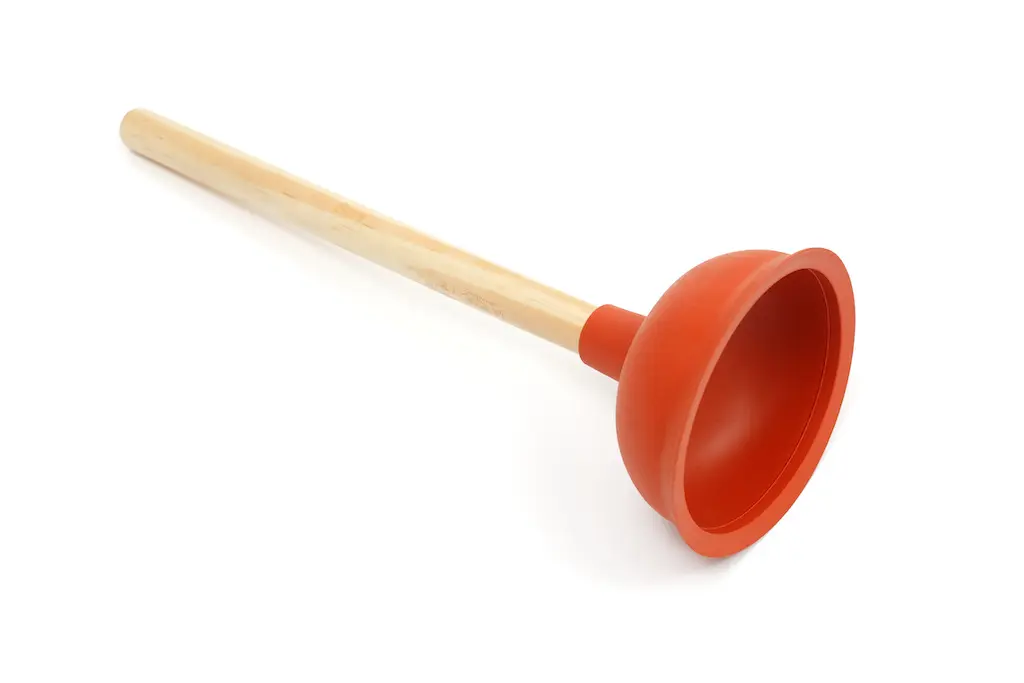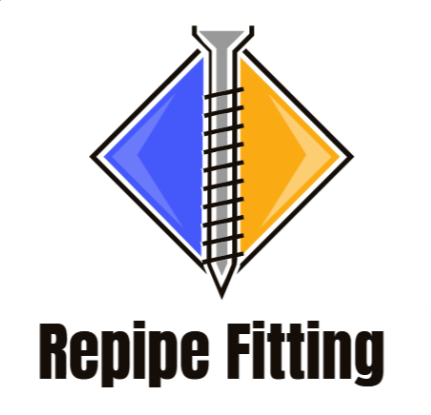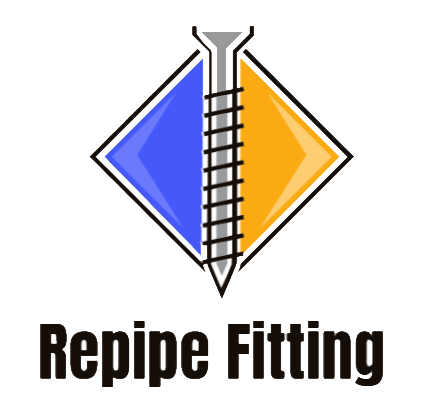Introduction

Ah, the dreaded slow draining tub. We’ve all been there, haven’t we? You’re enjoying a relaxing shower, and before you know it, you’re ankle-deep in pooled water. Not only is a slow draining tub an inconvenience, but it can also lead to other plumbing issues if not addressed. In this guide, we’ll delve deep into the causes, solutions, and preventive measures to ensure your bathtub remains clog-free. So, grab your DIY hat, and let’s get started!
The inconvenience of a slow-draining tub
Imagine this: after a long day, you decide to indulge in a warm bath. You add your favorite bath products, perhaps even some bath salts, and step in. But instead of the water draining away smoothly post your bath, it lingers. That’s the inconvenience of a slow-draining tub. Pooled water can leave residue, making your tub slippery and unsafe. Moreover, the accumulation of water can lead to water damage, especially in an old home or an updated home with a shower attached.
Common causes: soap scum, hair, debris, etc.
- Hair: One of the primary culprits behind a clogged drain. Over time, loose hair combines with soap scum, forming a blockage.
- Soap Scum: Bath products, especially bar soaps, leave behind a residue known as soap scum. This scum, combined with hair and other debris, sticks to pipe walls, causing slow draining.
- Debris: Think bath salts, food scraps from a garbage disposal, and other debris. These can accumulate, especially if there’s no drain catch in place.
- DIY Fixes Gone Wrong: Sometimes, our attempts to fix a slow draining bathtub can backfire, especially if we use the wrong tools or methods.
Detailed Guide to Unclogging a Slow-Draining Tub

Welcome, dear reader! If you’re standing ankle-deep in pooled water after your shower, you’re in the right place. A slow draining bathtub can be a real dampener, but fear not! With a bit of elbow grease and some handy tips, you’ll have that water flowing in no time. Let’s dive in!
Removing the Drain Stopper: Different types of stoppers and how to remove them
Before we get to the nitty-gritty of unclogging, it’s essential to understand the different types of bathtub stoppers and how to remove them:
- Pop-Up Assembly: These are common in modern bathtubs. To remove, simply unscrew the knob on top and lift the stopper.
- Push-Pull or Lift & Turn: Rotate the stopper to the open position and unscrew it using a flat head screwdriver.
- Toe-Touch: Push it down to close and pull it up to open. To remove, unscrew the cap to access the bathtub stopper beneath.
Natural Remedies
Before reaching for chemical solutions, let’s explore some environmentally friendly and cost-effective home remedies.
Baking Soda and Vinegar: A powerful combination to tackle stubborn clogs

This dynamic duo is a favorite in many households. Here’s how to use them:
- Pour a cup of baking soda down the drain.
- Follow it up with an equal amount of white vinegar.
- Watch the froth and fizz – that’s the chemical reaction working to break down the gunk.
- After 30 minutes, rinse with boiling water.
Boiling Water: Melting away soap scum and other soft blockages
Sometimes, the simplest solutions are the most effective:
- Boil a kettle of water.
- Pour it slowly down the drain.
- The heat can melt away soap scum and other soft blockages, providing a clear path for water.
Mechanical Solutions
If natural remedies don’t do the trick, it’s time to bring out the tools.
Using a Plunger: Proper technique for effective plunging

- Fill the bathtub with enough water to cover the plunger’s rubber part.
- Place the plunger over the drain, ensuring a good seal.
- Push down and pull up vigorously several times to create suction.
- The pressure can help dislodge blockages.
Employing a Drain Snake: How to safely and effectively use this tool.
A plumbing snake is a handy tool to have in your arsenal:
- Insert the end of the snake into the drain.
- Rotate the handle to move the snake further down.
- When you feel resistance, you’ve likely found the blockage.
- Rotate the snake to break up the clog and pull it out.
Chemical Drain Cleaners: A Word of Caution

Before you reach for that bottle of chemical drain cleaner, let’s have a heart-to-heart. While they might seem like a quick fix for a slow draining bathtub, they come with their own set of concerns.
Potential harm to pipes and the environment
- Corrosion: Many chemical drain cleaners are so potent that they can corrode pipes over time, leading to leaks and other plumbing issues.
- Environmental Concerns: These chemicals can harm the environment, especially if they find their way into water sources.
- Dangerous Chemical Mix: Combining different cleaners can lead to toxic fumes, posing health risks.
Safer alternatives to harsh chemicals
- Natural Drain Cleaning: Solutions like baking soda and white vinegar can be just as effective without the harmful side effects.
- Boiling Water: Sometimes, a good pour of boiling water can melt away soap scum and other soft blockages.
- Physical Tools: Using tools like a plunger or a drain snake can be a more environmentally friendly way to tackle clogs.
Professional Help: When to Call a Plumber
While DIY solutions are great, sometimes the clog is just too stubborn. Recognizing when to call in the experts can save you time, money, and a lot of frustration.
Recognizing when a clog is beyond DIY solutions.
- Persistent Clogs: If you’ve tried multiple methods and the water still isn’t flowing, it’s time to call a professional.
- Water Backflow: If dirty water starts coming back up the drain, it could indicate a deeper issue.
- Strange Noises: Gurgling or bubbling sounds can be a sign of a serious blockage or air trapped in the pipes.
Benefits of professional drain cleaning services
- Expertise: Professionals like RepipeFitting have the knowledge and tools to handle even the most stubborn clogs.
- Safety: They can clear blockages without resorting to harmful chemicals.
- Long-Term Solutions: A professional can offer solutions to prevent future clogs, such as installing a drain catch.
Conclusion
The importance of regular maintenance
Regular drain cleaning can prevent the buildup of hair, soap scum, and debris, ensuring your bathtub drains smoothly. By addressing small clogs promptly, you can prevent bigger plumbing issues down the line.
Encouraging readers to act promptly to prevent bigger plumbing issues.
Don’t wait until you’re standing in a pool of water in your shower. Address slow drains promptly, whether through DIY methods or by calling in the experts. And remember, if you’re noticing issues like water pooling around your home, it might be related to gutter downspouts or other drainage issues.
FAQ
Why is my tub draining slowly?
Hair, soap scum, and debris are common culprits. Over time, they can accumulate and cause blockages
Are chemical drain cleaners safe for my pipes?
While they can provide a quick fix, they can corrode pipes and harm the environment.
How often should I clean my tub drain?
It’s a good practice to clean your drain once a month to prevent buildup.
Can I use a plunger for my bathtub?
Absolutely! A plunger can create suction that can help dislodge blockages
What’s the difference between a drain snake and an auger?
Both are tools used to clear blockages. A drain snake is a long, flexible tool, while an auger has a coiled “snake” at the end.
When should I call a professional plumber?
If you’ve tried multiple DIY methods and the clog persists, it’s time to call in the experts.
Are home remedies effective for clearing clogs?
Yes, methods like using baking soda and vinegar or boiling water can be effective for minor clogs.

